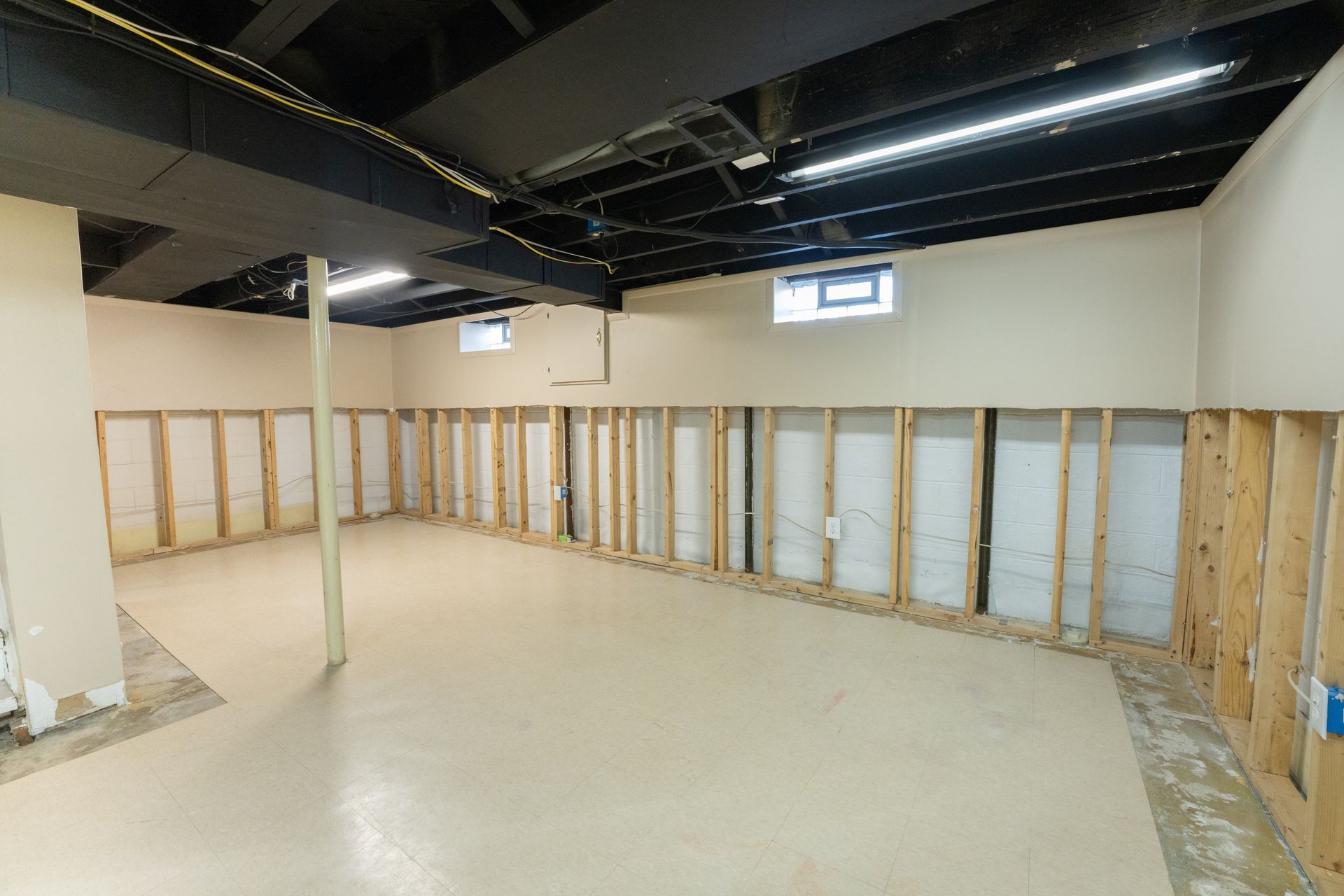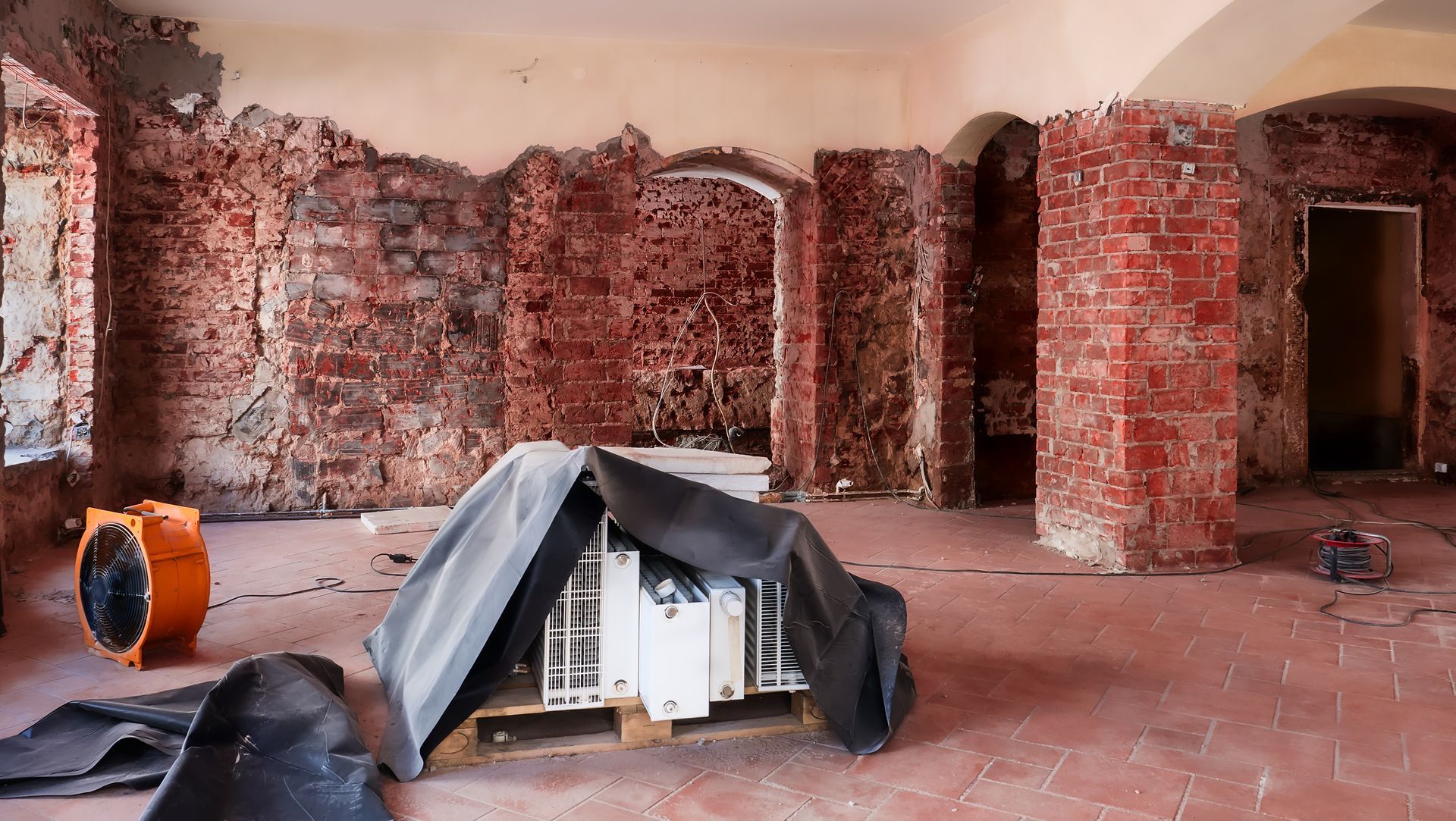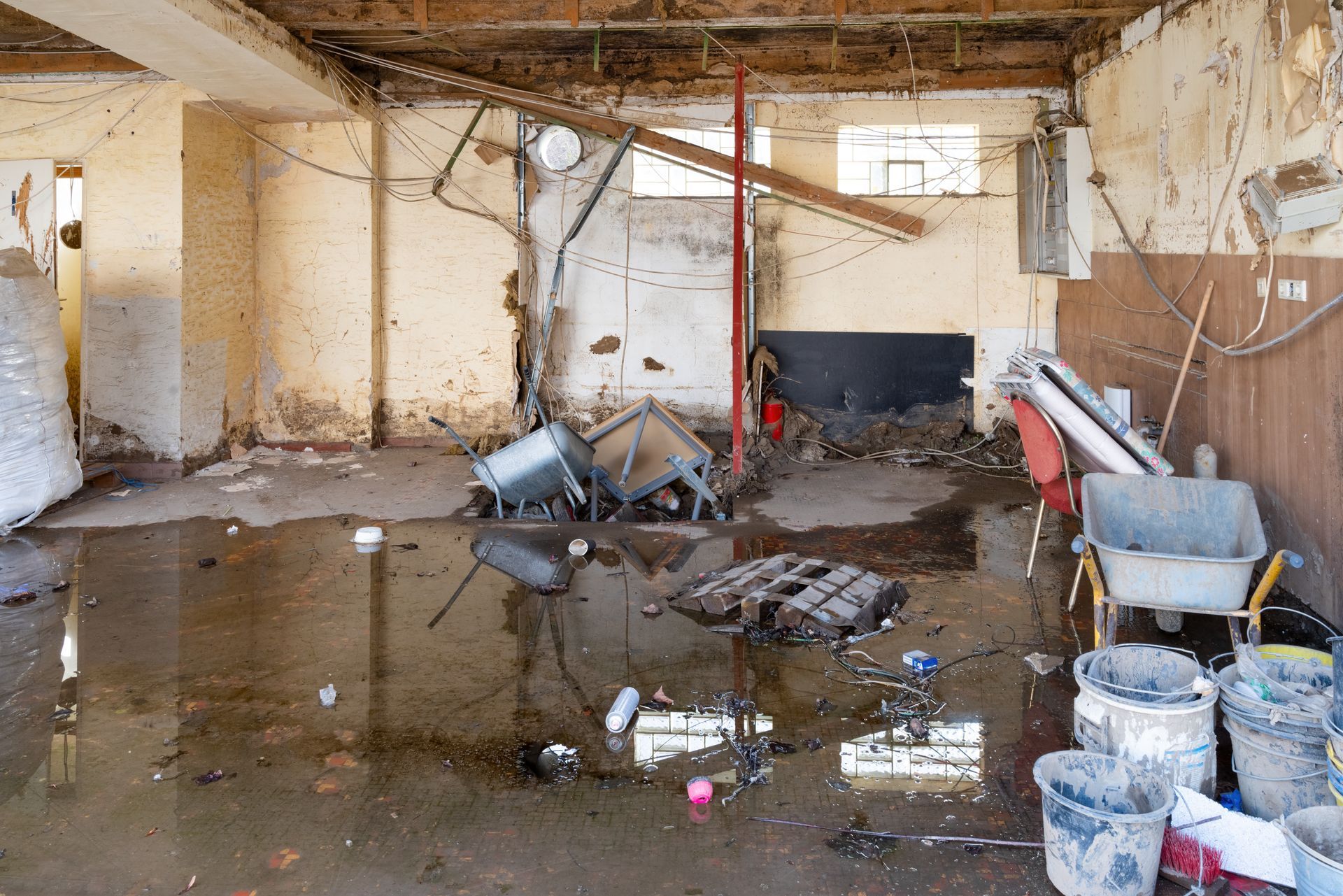Disaster Recovery and Donation Opportunities
Following the devastation of Hurricane Ida on August 29, 2021, this article has been updated as of September 1, 2021.
This year was predicted to be an even busier hurricane season than last year. So far though, it has actually been relatively calm. 2020 gave the Gulf Coast Hurricanes Laura, Delta, Sally and Zeta, which severely damaged lives, homes and businesses in Texas, Louisiana, Mississippi, Alabama, and Florida, among other states. Almost a year ago this week, on August 27, 2020, Hurricane Laura caused almost $12 billion in damages alone.
When a storm this catastrophic occurs, lives are affected in varying degrees. Following a disaster, those affected are faced with the process of cleaning-up, rebuilding and many times, finding financial resources (if they are needed). In the following paragraphs, I will outline the aid that is available state and national levels.
State-by-State Recovery Resources
Across the nation, all states have dedicated agencies to emergency management and vary in titles. In Louisiana, it is called the Governor’s Office of Homeland Security and Emergency Preparedness, or GOSHEP. Similarly, in Mississippi, it is called the Mississippi Emergency Management Agency or MEMA. These websites have pertinent information about assistance both prior-to and post disasters. A complete list of a number of resources for Louisiana can be found here.
Federal Emergency Management Agency Public Assistance
After the president makes a presidential declaration, it makes different types of FEMA aid available in certain areas (such as a parish or county). First, there is FEMA Public Assistance, or PA. According to the GOSHEP website, “the State must meet its threshold of $6,392,055 in damages in order to receive a Presidential declaration.” This particular program provides funding to public entities, such state government agencies and school districts, private nonprofit organizations (PNPs), and federally-recognized Native American Indian tribes.
FEMA Individual Assistance
Additionally, there is the Individual Assistance (IA) program, which is also managed by FEMA. This gives financial or direct assistance to families or individuals for short-term housing, home repairs or home replacement. This program also covers repairs or replacement of personal property items not covered by homeowners or flood insurance. There are more costs that may be eligible, and you can visit the FEMA website for a comprehensive list. Currently, the maximum grant per household is $33,000. To be eligible, you must reside within a presidentially-declared disaster area (as explained above). You can also go to DisasterAssistance.gov to see if your area qualifies.
Small Business Administration Loans
Lastly, the Small Business Administration offers low interest loans to both individuals and businesses to assist with repairing or replacing property that has been damaged or destroyed by a declared disaster. First, there are home and personal property loans that renters and homeowners can get up to $40,000. Moreover, homeowners can get loans of up to $200,000 to repair homes to their pre-disaster condition.
There are business physical disaster loans available to businesses that are located in a declared area. These loans are up to $2 million. The SBA also offers Economic Injury Disaster Loans (EIDL), which provides loans to small businesses, small agricultural cooperatives and nonprofit organizations. Most often, these EID Loans are for instances such as the COVID-19 pandemic, not weather-related.
Donation Opportunities
- Baton Rouge Area Foundation
- Northshore Community Foundation
- American Red Cross: You can donate online or by texting "IDA" to 90999.
- United Way of Southeast Louisiana
- Bayou Community Foundation
- Greater New Orleans Foundation
- Cajun Navy
- Lift Up Louisiana: Donate online or by texting "IDA" to 51555.
- NOLA Ready
- GlobalGiving
- Catholic Charities of Acadiana
- Feed the Second Line
- Americares
- Project Hope
No Matter the Size Storm
Natural disasters are out of our control, and so are the property damages they have the ability to cause. No matter the size storm, our team of industry-certified large loss specialists have the expertise to evaluate damages and mobilize equipment to prevent secondary damages. Our team is available 24/7, which is not just a number, it’s a GUARANTEE. To learn more about our services and company, please visit our website at www.GuaranteeRestoration.com.






